Film or Digital ?
Over the last 6 to 12 months it’s become more and more frequent that when I go anywhere to take pictures I will take along a film camera as well as my Pentax K5 or Sony Nex 6 digital camera. Because of that I have several instances where I have pictures which have been captured with both a digital sensor and film, so I thought it would be interesting to try to compare the images and see which I find more pleasing.
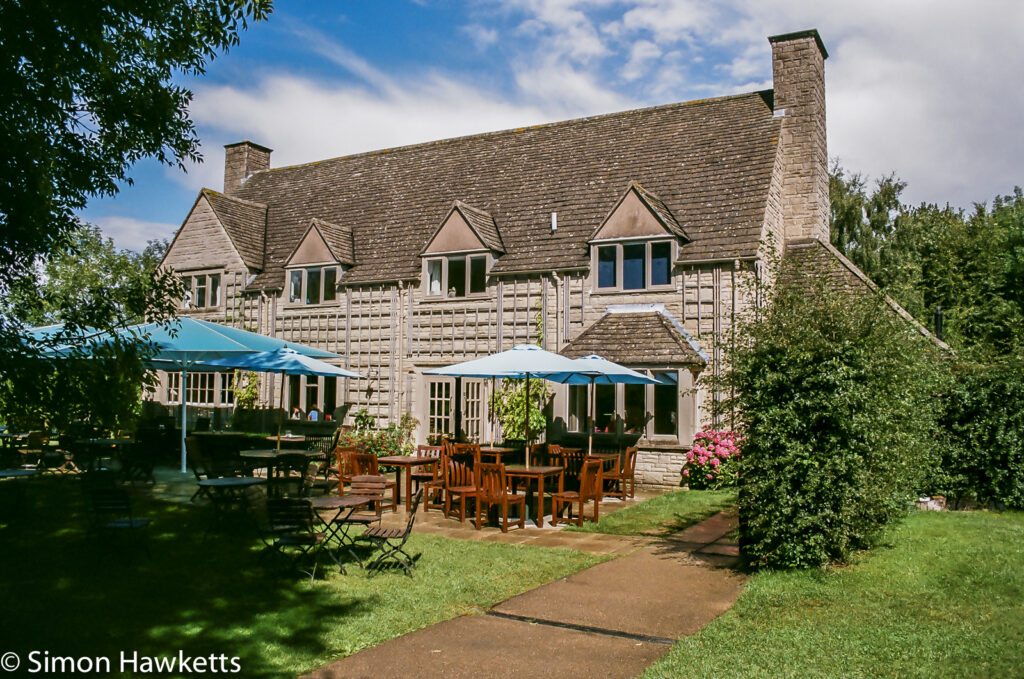
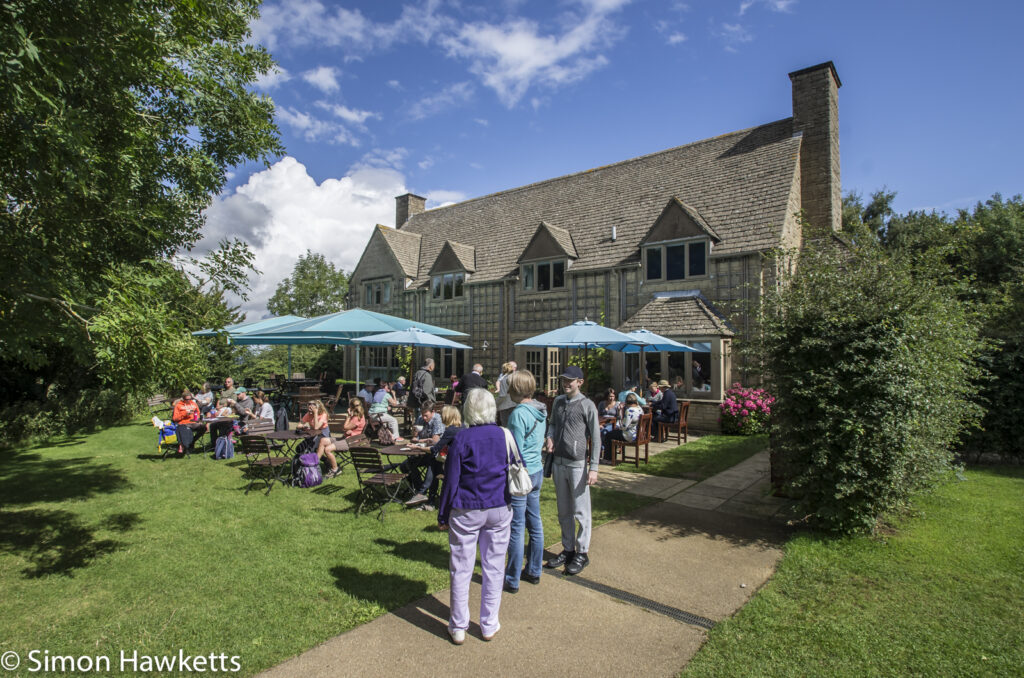
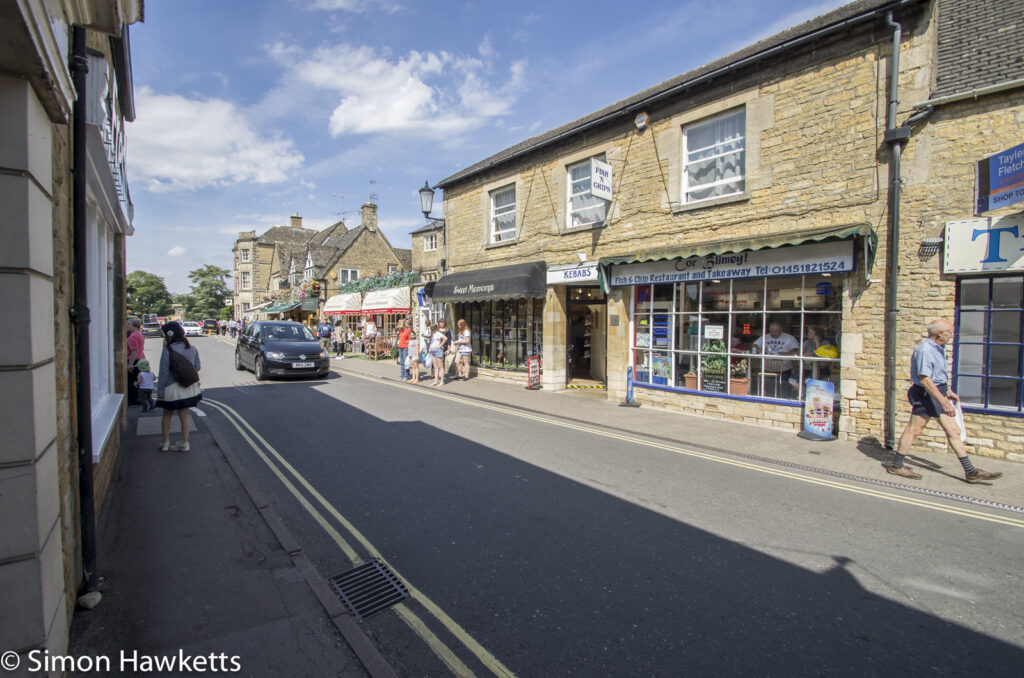
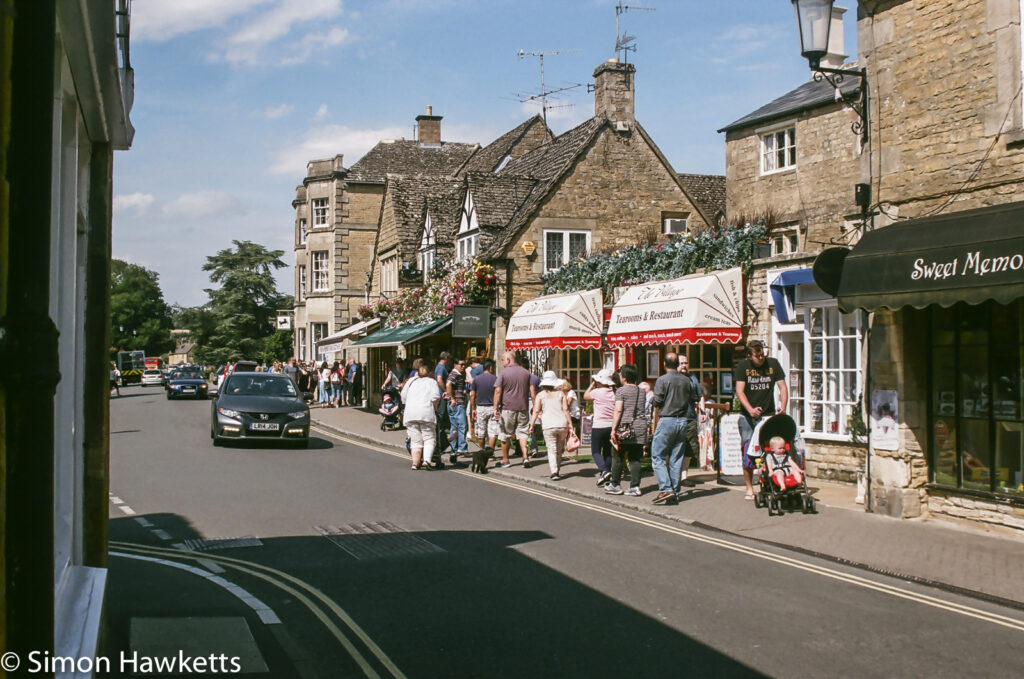
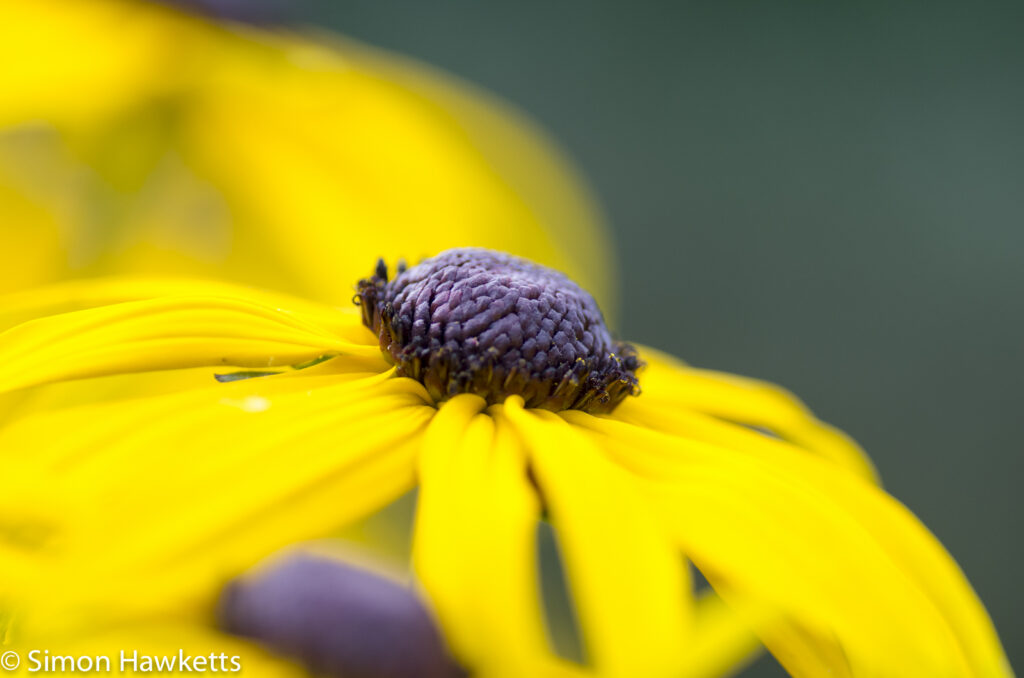
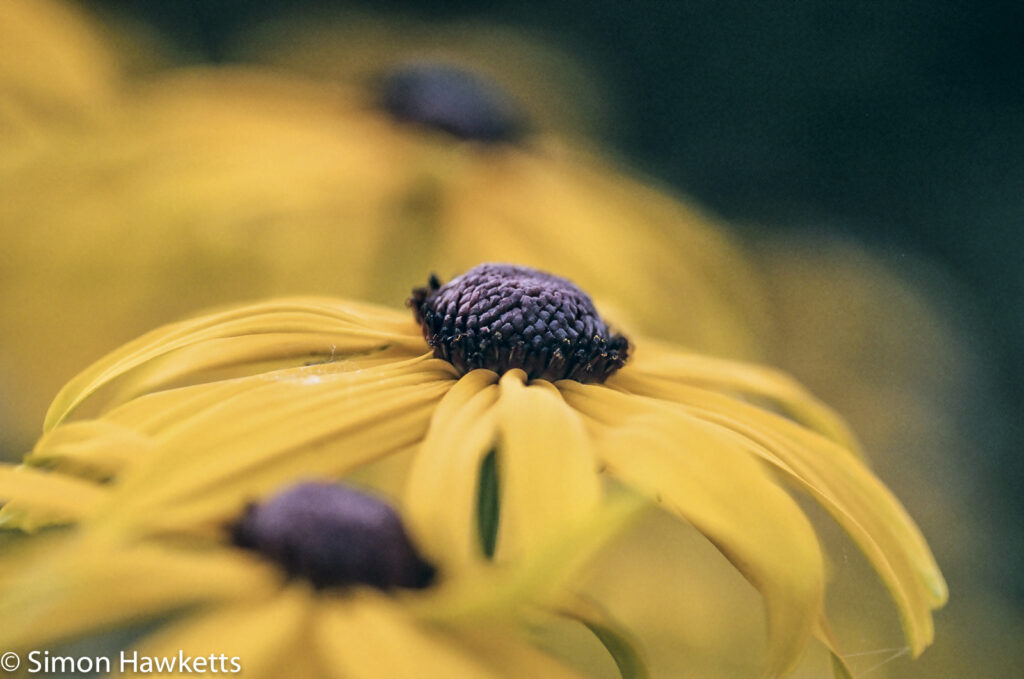
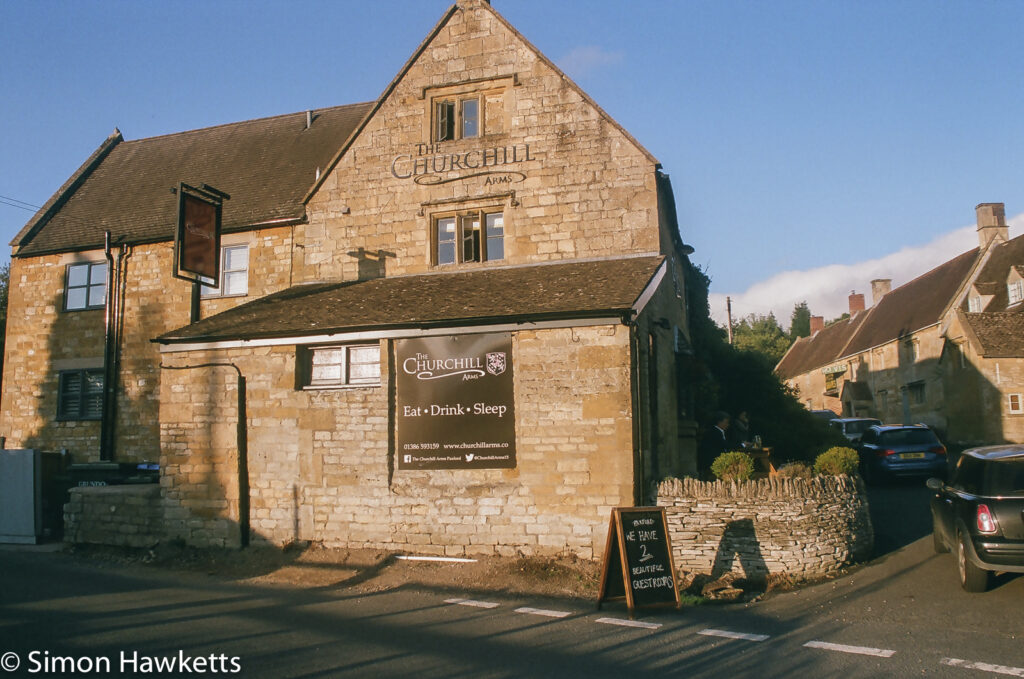
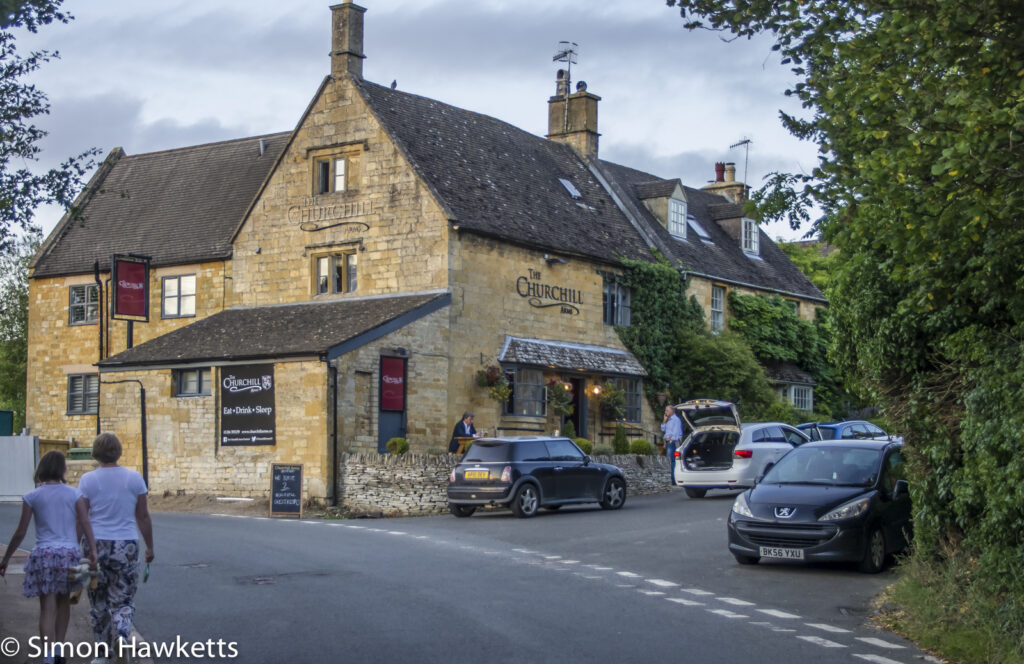
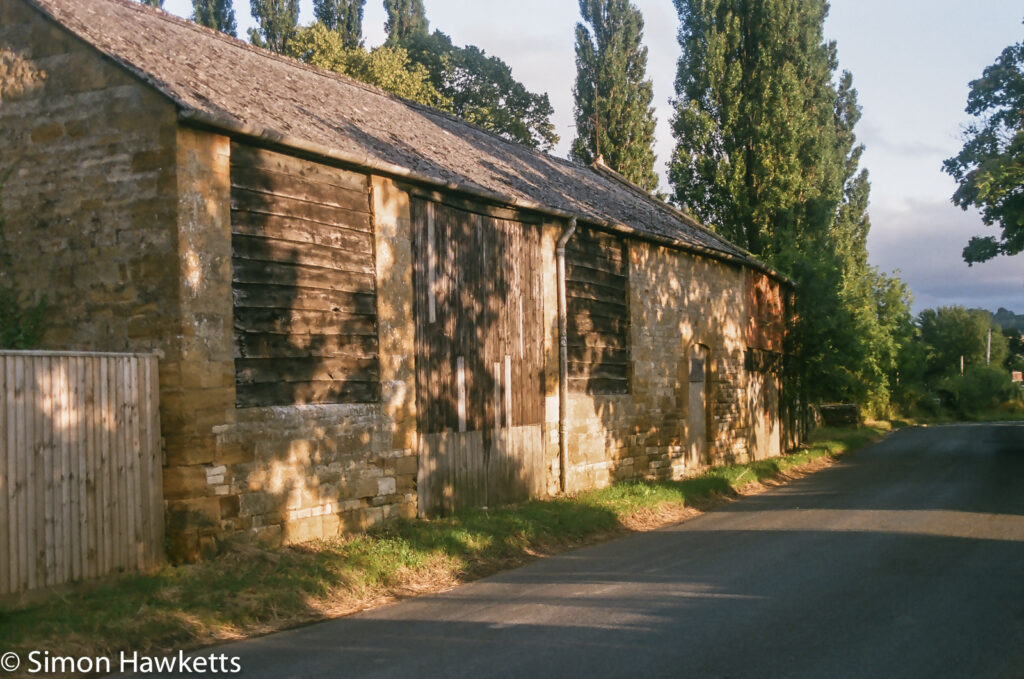

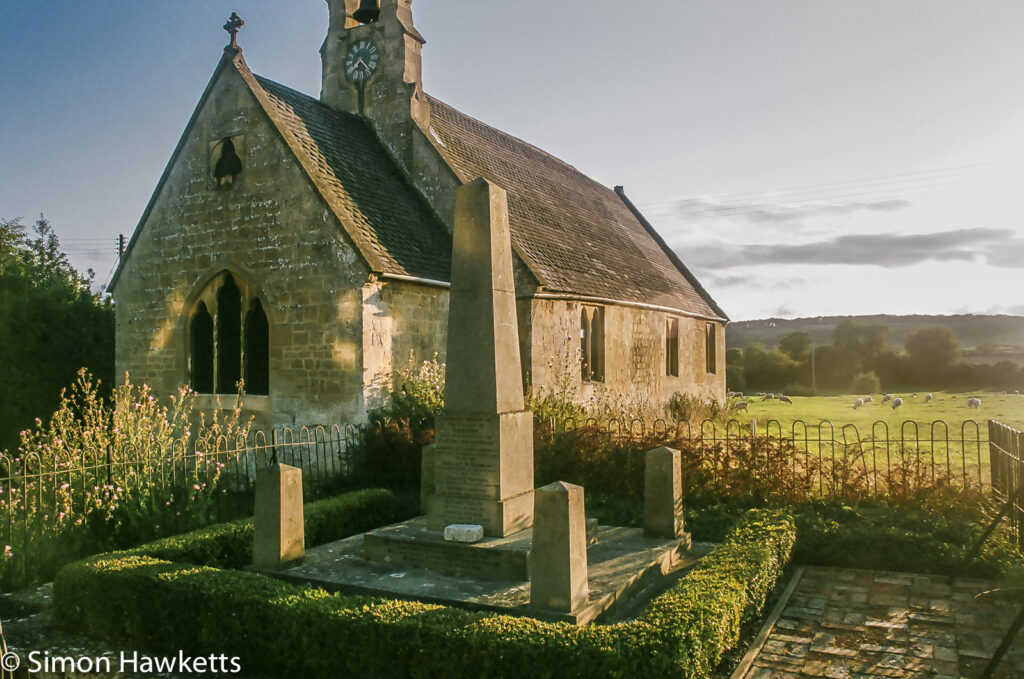
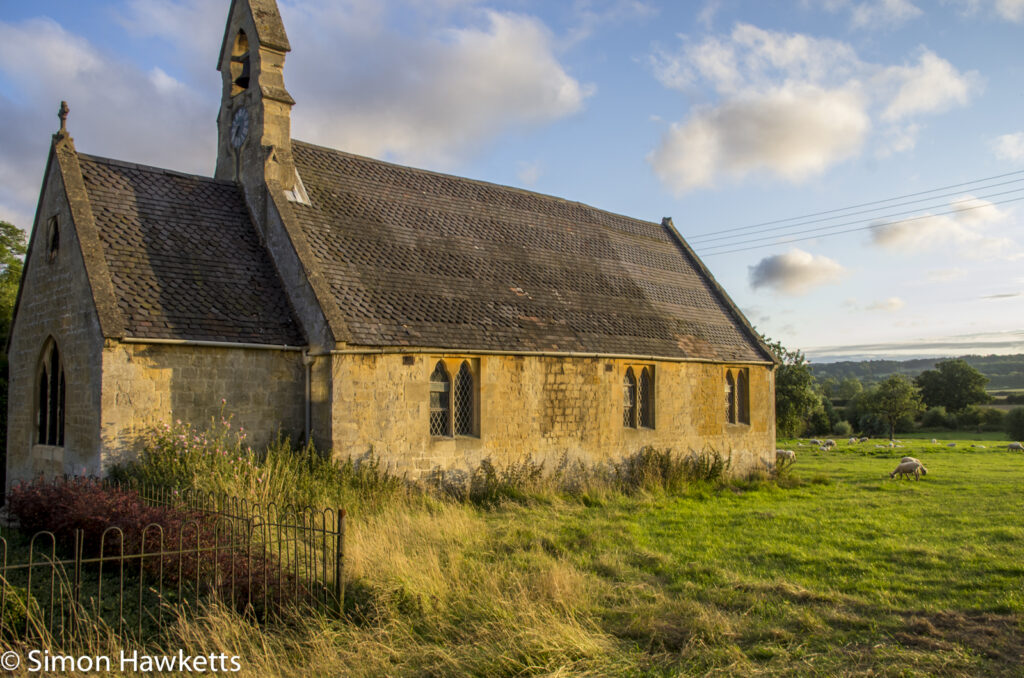
The 6 pairs of pictures above are the ones I’ve selected, and the selection process was simply that they are pictures taken of the same location with both film and digital. None of these pictures are exact copies of the scene because I didn’t set out to make two versions of the same picture for the sake of comparison, but they are the same location at slightly different times or from a slightly different viewpoint. Obviously the camera involved was different for the digital and film versions and in most cases the lenses were also different (the exception is the flower pictures which were both taken with a Tamron 90mm f/2.8 K mount macro lens).
All the digital pictures were taken with my Pentax K-5 APS-C digital camera and the 35mm pictures were taken with either a Pentax SXFn or a Minolta Dynax 505si loaded with Fuji Superia Xtra 400. The negatives were scanned using an Epson V550 photo scanner and both the scans and digital pictures were post processed in Lightroom.
I’ve found that in most of these I tend to prefer the film picture, but I’m having a job defining exactly why. If I zoom into each image at extreme magnification it’s possible to see that the digital image is actually better defined with smaller ‘noise’ than the film image, but as I move back out to normal viewing magnification there seem to be subtleties in the shading and tone which in some situations seem missing from the digital picture. It also seems to be the case that the sky detail seems better retained in many cases in the analogue picture, but only very slightly.
I’d be interested to hear anyones comments or preferences based on purely the ‘look’ of the picture. Just to be clear, I’m not a film fanatic or someone who thinks digital is horrible and shouldn’t be used. I basically use whichever technology I feel the impulse to use and would be genuinely interested to hear other photographer’s opinions. By the way, I’ve mixed the ordering of the images in the gallery above, but it’s easy to see which are digital because in the large view they have metadata which the film pictures don’t.

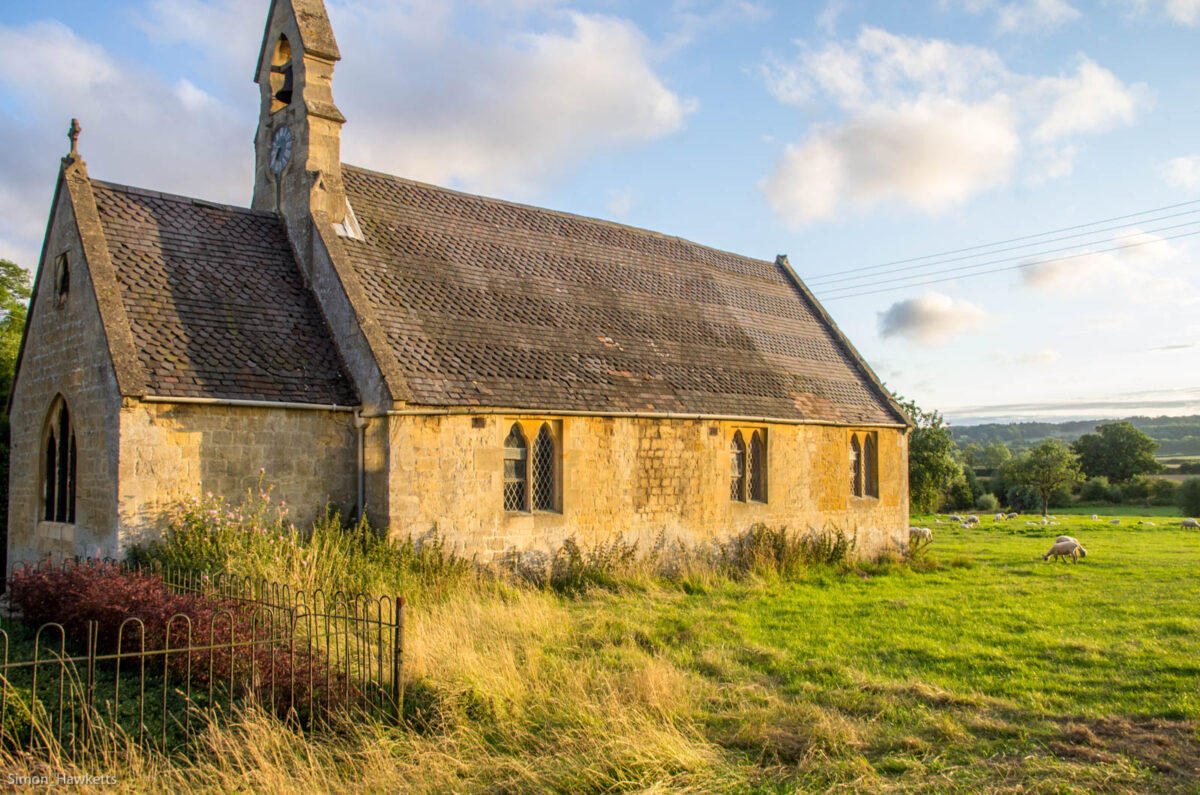

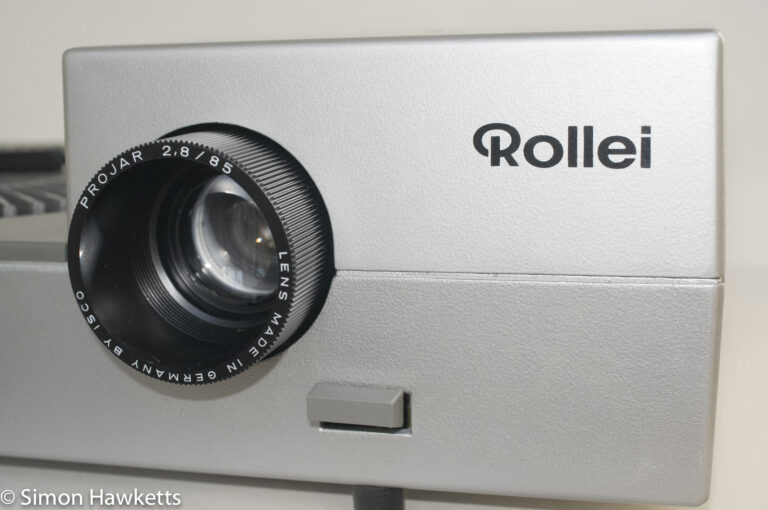

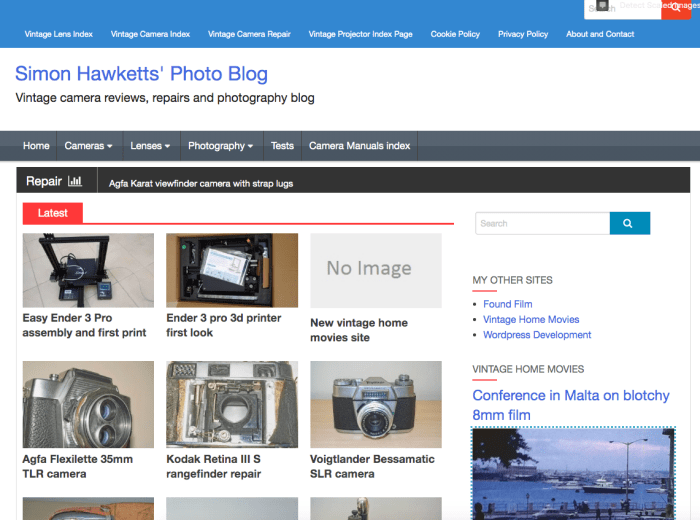
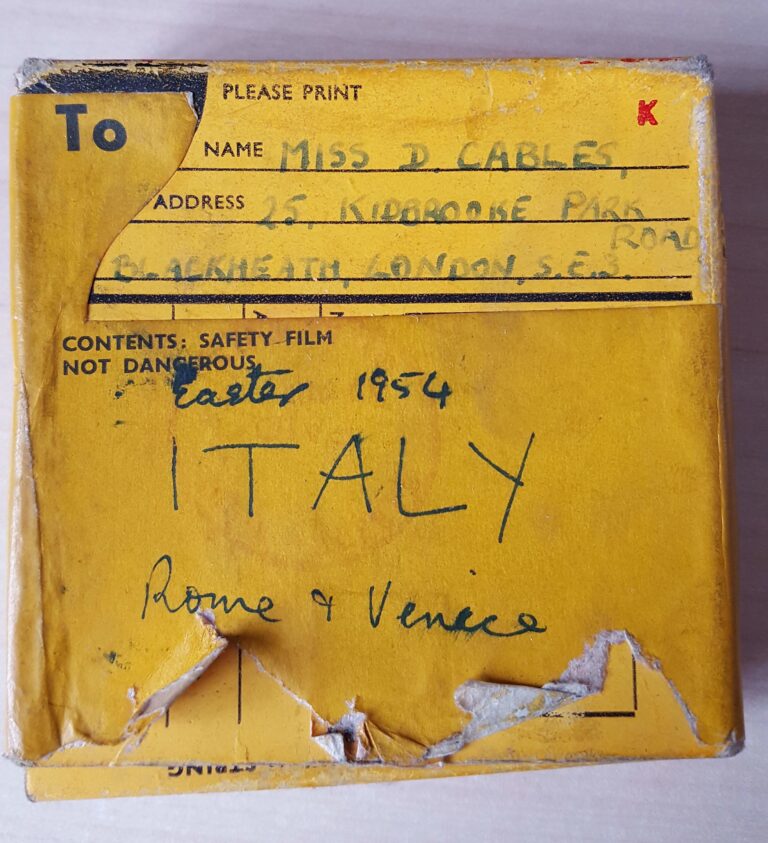

Hi Simon. An interesting study/comparison but it would have been better had you taken successive images from the same camera position – that way the light would have shown the various tones for what they really were.
Yes – that would have been better. If I had intended to write the post before I took the pictures I would have done that but the idea for the post came about from looking at a couple of pictures of the barn which were taken from approximately the same position and I looked at other pictures I had to try to find other examples. It’s not a scientific comparison but still I find it interesting.
Interesting! I see what you mean. I looked at the pictures and guessed which were film and which were digital. Then I scrolled down and looked at the details to see which was which. My guesses were correct. I don’t know why, but I think the digital images have more subtle colour graduations.
My digital camera is an old Leica Digilux, of which I have read the following.
The Leica Digilux is similar to it’s Panasonic relative – the Panasonic Lumix DMC-LC5 – but an unverified difference is believed to be based in the image processing, where the Digilux performs less processing, resulting in colours and contrast that are more in line with those expected from a Leica camera. Meanwhile the Panasonic DCM-LC5 performs more processing that increases contrast and saturation to create photos that are acceptable to the consumer market.
I think the answer is that most digital camera are designed to enhance colour contrast and saturation.
Ops — I should have said the film images have more subtle colour graduations, not the digital.
Thanks for the comment John – Yes that was my perception. I might try to do some direct comparisons one day – actually take my K5 and my Z-1P out so I can use the same lenses and the same viewpoint just to see if I still get the same perception.
Interesting to compare them. Didn’t manage to pick out all the film images correctly, so I feel the difference between them is only minimal.
Yes I think it is – in fact sometimes I find it impossible to say why I like one technology over another. I find the development process quite fun and I’m thinking of setting up a darkroom again so that is a plus for film but at the end of the day I think it still a case of use what will get the job done.
Hi again Simon. With your growing range of camera/lens interchangeable options you are in a much better position than myself and I am sure many others of us that follow your work to do direct comparatives.
Indeed but for the distance that I would have to travel I have been tempted many times to pack a bag and drive down some of the locations and run a few rolls of film and and click a few comparative digital images.
As you may recall from some of my previous posts I have two Yashica 230AF camera with a range of lenses,a Nikon F-801,a Nikon F80 with a choice of lenses,a Minolta Dynax 505i and the variants with lenses as well as Pentax MZ7’s.
Looking through the various images – it is amazing how much information that there is and can be gleaned with/from a simple candid shot in a high street,outside of a local pub or even for that matter at and around a church.
Thanks! Nice post! I agree with your perception. I have the same somewhat ambiguous feeling. Yes sharpness of digital is quite ahead of film. But film has something that digital does not have. It has to do with an enormous dynamic range in film. That’s why clouds are generally better in film than in digital. And why shadows are richer. Like you, I keep using both.